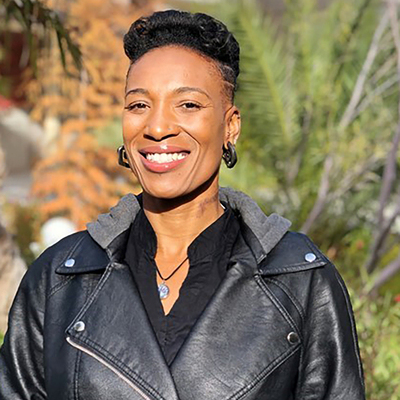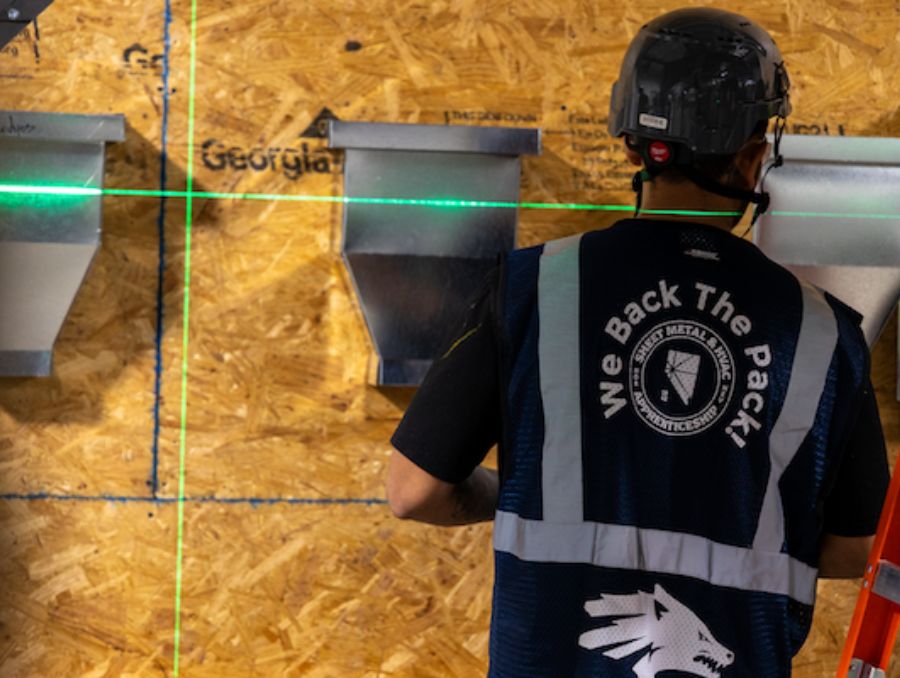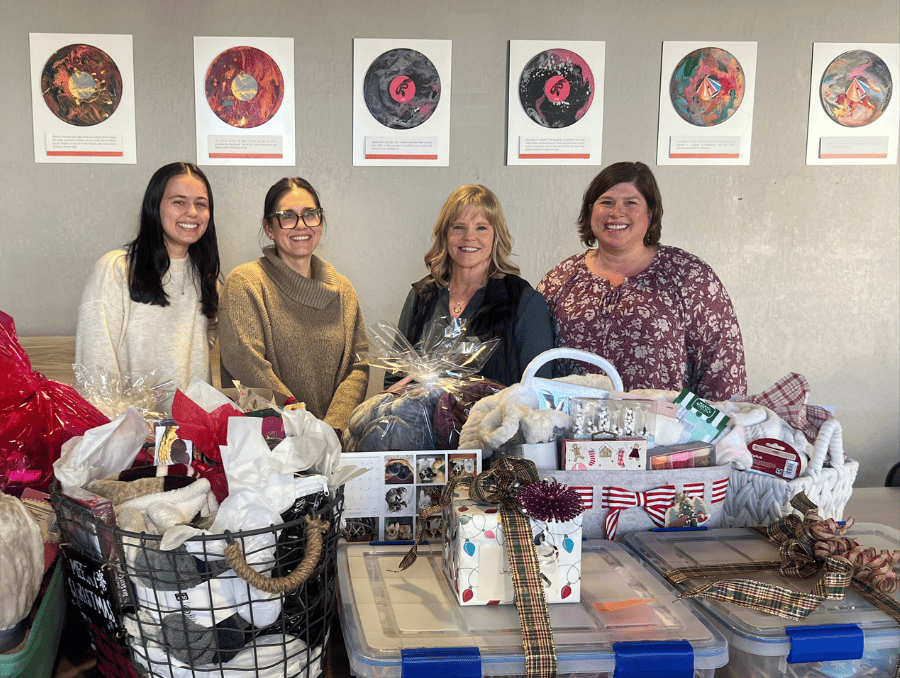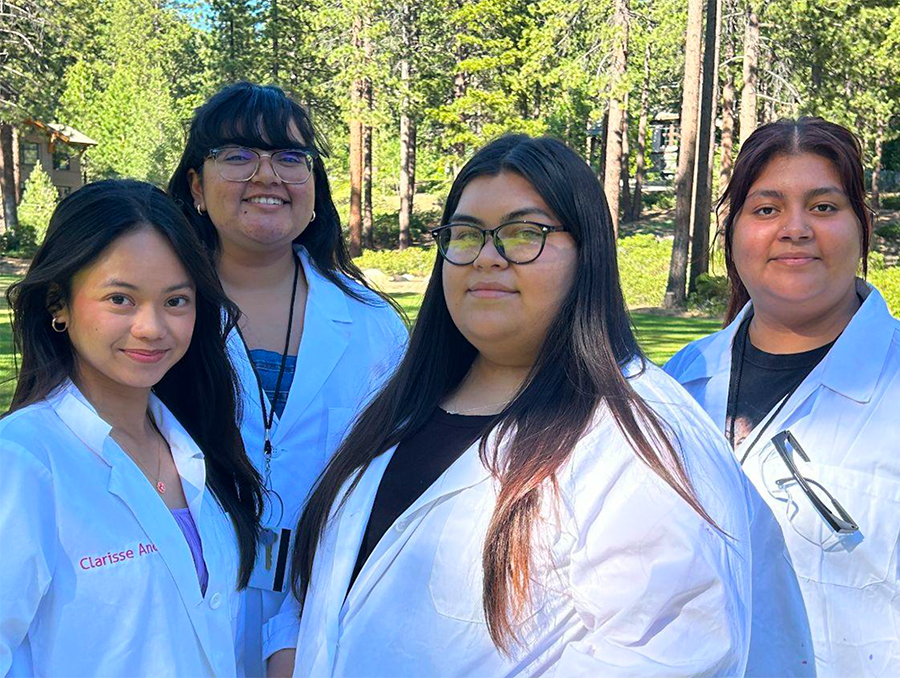Don't box them in
Novel use of music and technology is helping kids learn complicated science concepts
(Note: Sarah Monique Somma is the Clark County 4-H STEAM coordinator for University of Nevada, Reno Extension. She creates curriculum to educate youth in 4-H programs in STEAM (science, technology, engineering, art and math) topics and help them develop workforce skills, including communication, creativity and collaboration. One of the lessons created by Somma, called “Got Bars?,” incorporates skill development in music and technology. Using open source computer applications, such as the GarageBand music creation studio, students must work together to research the properties of matter, then compose original songs that can teach the subject to other students. The concept stemmed from the ABC song, which uses a catchy tune to teach kids a basic lesson. By doing this exercise, students use art as a medium for learning, researching and teaching complicated concepts in chemistry. Somma shares her teaching philosophy and the logic behind it here.)
As a secondary educator with 14 plus years of experience working with students from diverse backgrounds and in a multitude of settings; above any other method I have always advocated for teaching through creativity. No matter what subject, age, gender or setting, giving students an opportunity to express themselves in the content is deeply meaningful.
Creativity can be expressed with a variety of media. Art in all its forms seamlessly lends itself to creativity and STEAM learning. The concept behind the “Got Bars” module is simple, music is the art car driving home complex scientific content.
Everyone, everywhere can and has enjoyed music in one form or another. Many of the fundamentals of everyone’s education began with rhythms and songs. For many, music is a way to relax, energize and express themselves, and most importantly, to learn. Combining these elements in the classroom help students make meaningful connections between content and the real world.
It may seem counter productive to encourage students to relax, or even to daydream, in class, but creativity is an amazing gift that is best served in a calm environment. Much of students’ formal education does not include creativity. Relaxing and daydreaming are actually the best way to really “think.”
When we just sit back with no particular mentally engaging task, an amazing thing happens. Our brains, students’ brains, go into default mode. The default mode network helps students make connections between what they already know from memory and new information through mental stimulation. By default, this leads to deeper understanding and an ability to see things in different ways. This is critical thinking at its most primal level. Looking at things differently makes us complex problem solvers as well. As we dissect information into smaller pieces, we gain understanding behind seemingly unrelated things.
Listening to music also helps activate the default mode regions in the brain. Music energizes our spirit and can affect our moods and ability to learn new things. Allowing students to use their favorite genre, beat or song gives meaning, makes learning about any subject more relatable, and encourages ownership of work. The catchiness and familiarity of a song also makes it easy to connect with. Whether it is learning the days of the week to the Addams family theme song, or the elements of the periodic table set to a different melody; music creates permanent connections in the brain. Students can in turn: think critically about content, conduct meaningful research and communicate complex concepts through song.
For young minds, it is easy to think outside the box because they don’t know that there is a box. Through a music and STEAM merger, students understand and apply what they learn in the classroom. Don’t box them in. Let them explore the boundaries of the universe with their imaginations.














